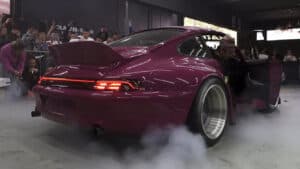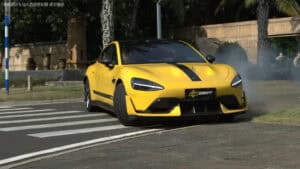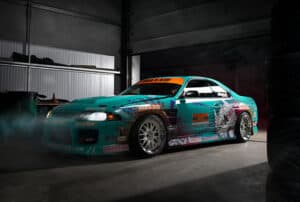Building Your First Drift Car? Essential Upgrades You’ll Need
Table of Contents
So, you’ve watched Formula DRIFT, and you’ve decided you’re ready to become the next James Deane.
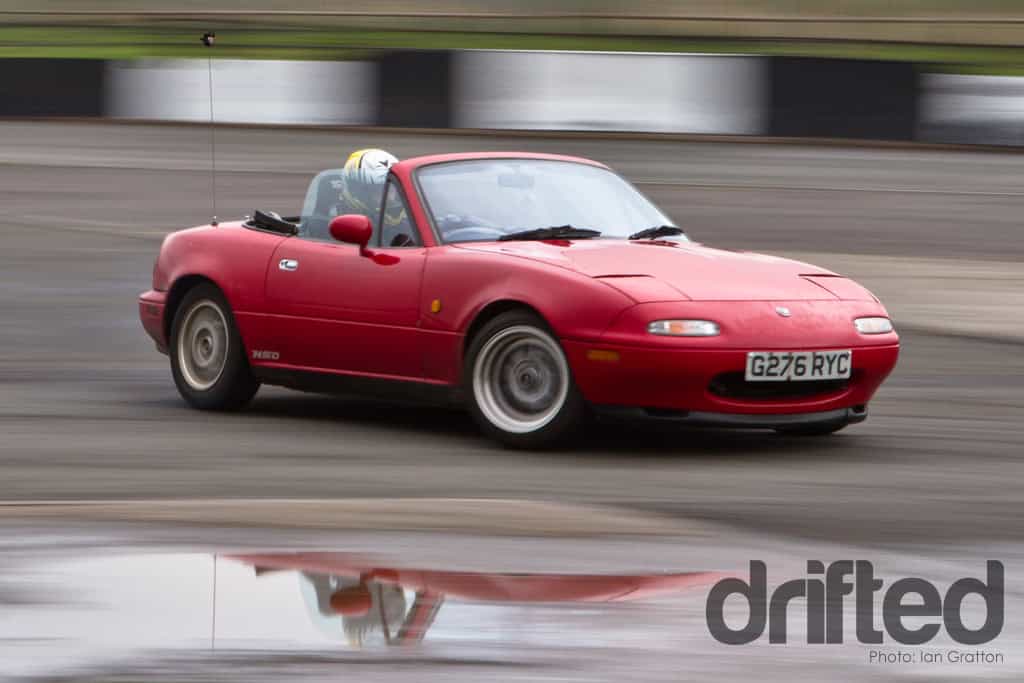
We get it, it’s easy to get hyped when watching the pros go door-to-door with pinpoint precision while huge smoke clouds billow out the back as they rub the walls to perfection. Unfortunately, as with most inspiring things, it’s not quite as easy as they make it look.
However, don’t forget that the pro drifters once started at square one with getting to grips with the absolute basics at some point, from learning how to drive a manual, to pulling off their first figure-of-eight, before eventually refining their skills to what you see today.
We can assure you the route to getting there wouldn’t have been plain sailing for them, either.
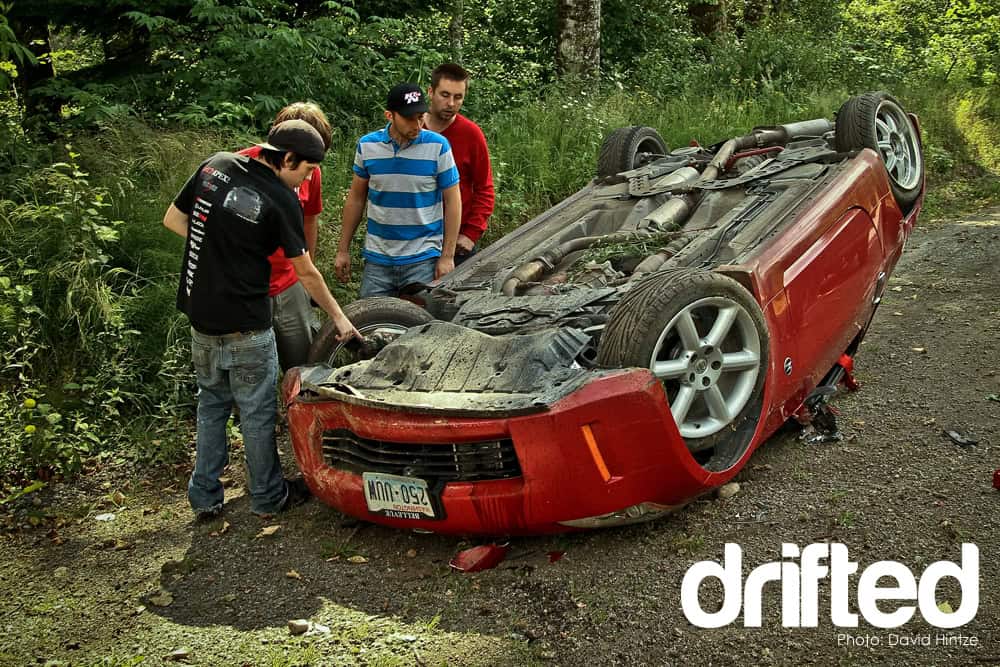
Fortunately, getting started with drifting doesn’t (necessarily) require a six-figure budget like those guys, either. That’s why we’ve created this guide, where we take drifting back to its purest basics.
It’s designed for those of you who are literally just getting started in a huge open space with nothing to hit, like an open parking lot (with permission, of course!)
If you’re going to the track, touge, or planning on tandeming with the homies, this guide isn’t for you. You’re going to need to prioritize safety gear, a roll cage, etc.
With that said, it’s still worth considering the bare minimums (a fire extinguisher, etc.) even on a starter drift car in case of any unexpected disasters.
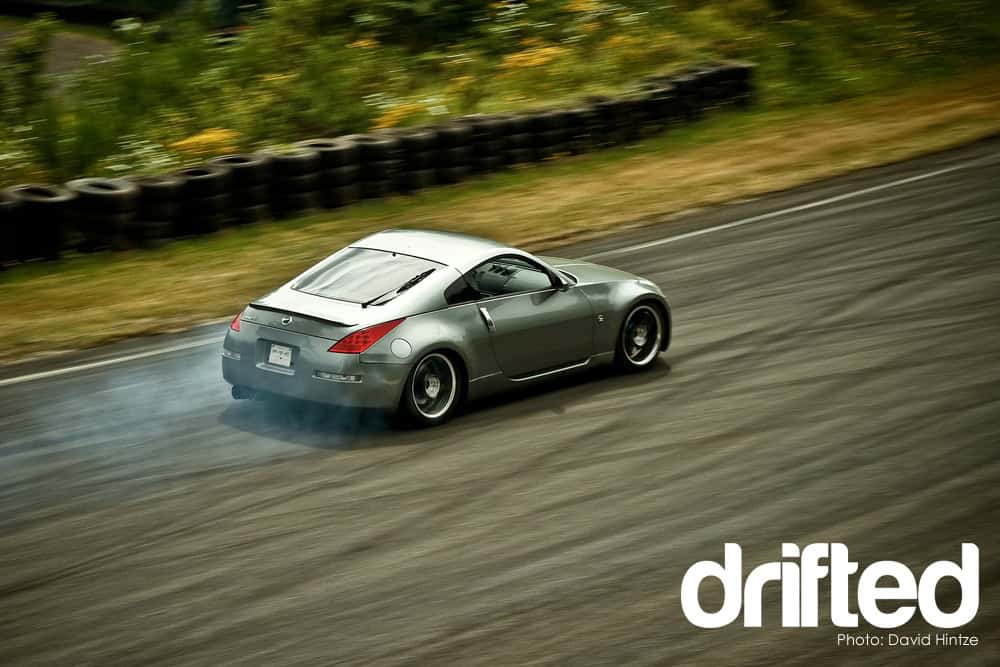
These aren’t upgrades to impress your followers on Instagram; they’re simply the bare minimum required to start sliding safely and having fun learning the ropes.
First Off, You’re, Uh… Gonna Need A Drift Car
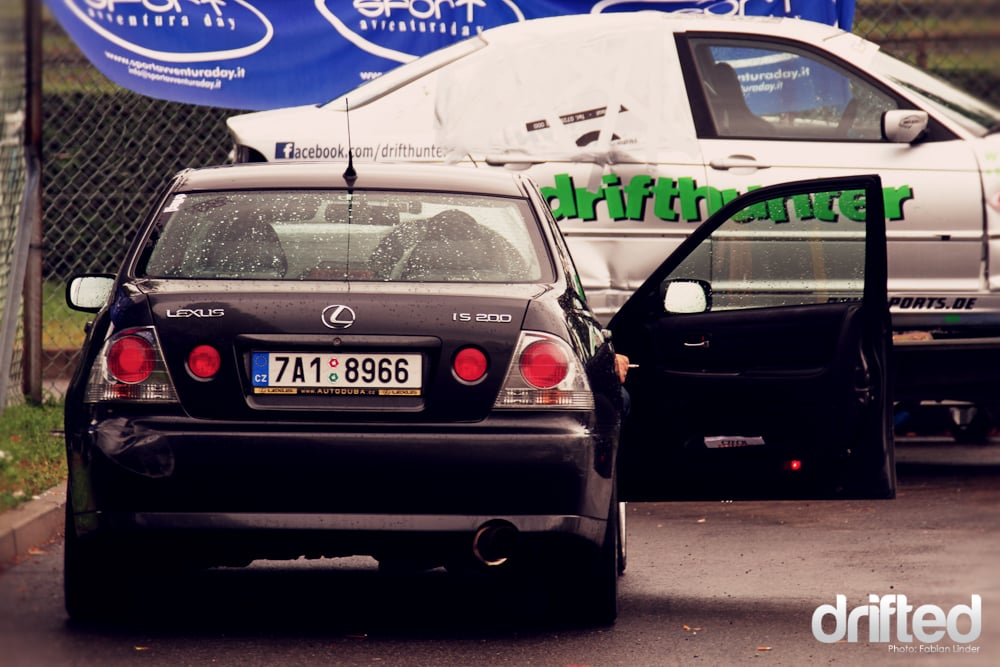
For now, the main priority is getting yourself a cheap drift car, even if it’s 100% stock. Don’t worry about engine upgrades or any other fancy improvements for now.
Be patient – further improvements will undoubtedly make more sense once you’ve mastered the basics. Throwing too many mods and tuning upgrades into the equation will only make things more complicated. For now, all you need to think about is seat time > horsepower.
Make Sure It’s A Manual
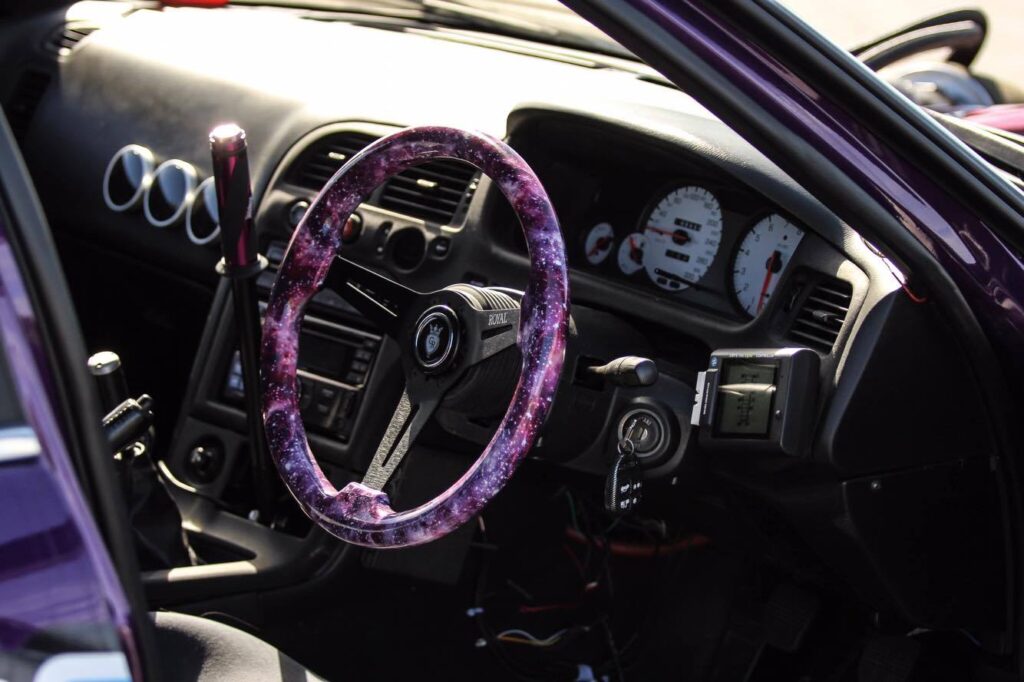
Don’t even bother wasting your time with an automatic transmission. A manual gearbox gives you complete control over the clutch and gears, which is essential for initiating and maintaining a drift.
Auto takes that control away, making it harder to learn the proper techniques, and you’ll always be restricted. There are countless reasons why there aren’t any automatic pro-spec drift cars.
Then Slam It (Or Don’t)
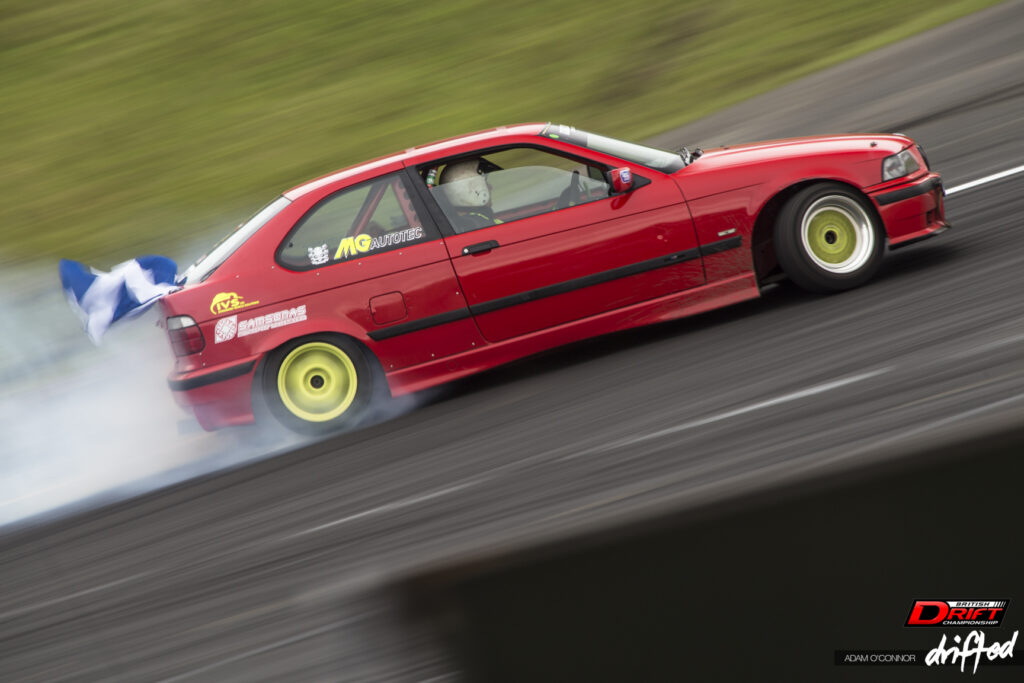
Trust me when I say that body roll is NO fun when you’re learning to drift. Not only is stock suspension far too sloppy for a drift car, but if you’ve got yourself a budget missile, your shocks and springs are likely past their best anyway.
Coilovers are always recommended from the start, if you can afford them. If cash is limited, just some second-hand basic coilovers will be fine to get you started. But consider the ‘buy cheap, buy twice’ mentality if you’re likely to upgrade soon. (Ask me how I know…)
There are plenty of benefits to coilovers over springs (especially chopped ones, which are an absolute last resort). You get much better handling along with more adjustability, from ride height to rebound, damping, camber, etc. You gotta look cool on the touge, remember?!
While it doesn’t have to be slammed on the ground, lowering it will help reduce body roll and make the car more balanced.
Once you’ve upgraded the suspension, make sure you get an alignment carried out.
Get Yourself A Bucket Seat
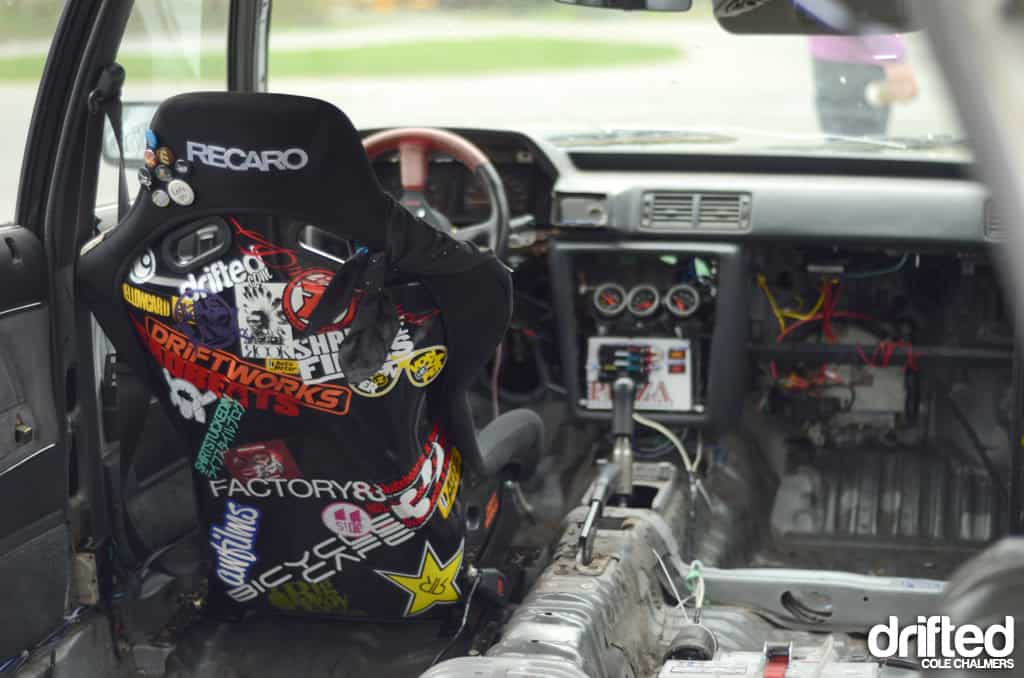
Again, this can be a super cheap fixed bucket seat, just make sure it’s straight and true (don’t go buying a cheap fiberglass seat following his high-impact crash).
If you’ve got stock seats in there currently, ripping them out will provide some serious weight reduction – the fancier the heavier. Nothing beats ripping out a leather armchair with a heap of heavy electronics attached!
Once removed, whack them on your favorite auction site, and it’ll likely pay for the cheap bucket anyway. You’ll thank us when you’re not ending up on your passenger’s lap mid-corner.
Harnesses are also recommended at this point, if you can afford them.
Upgrade The Differential (If Required)
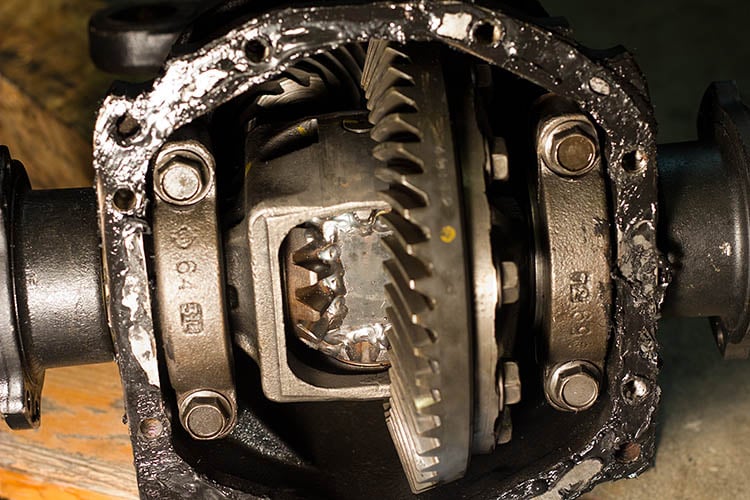
Some cars/specific models (Nissan 350Z, Mazda Miata, BMW 3 series, etc) already left the factory with a limited-slip differential (LSD). However, if you find yourself (embarrassingly) doing a “one-wheel peel” during your first burnout attempt, you’ll know it’s time for an upgrade.
While a 2-way LSD is typically the preferred way to go, you can also consider welding up the diff if you’re doing things on a budget, especially if you’ve got a homie that’s handy with a welder!
Unlock The Weight Saving Potential
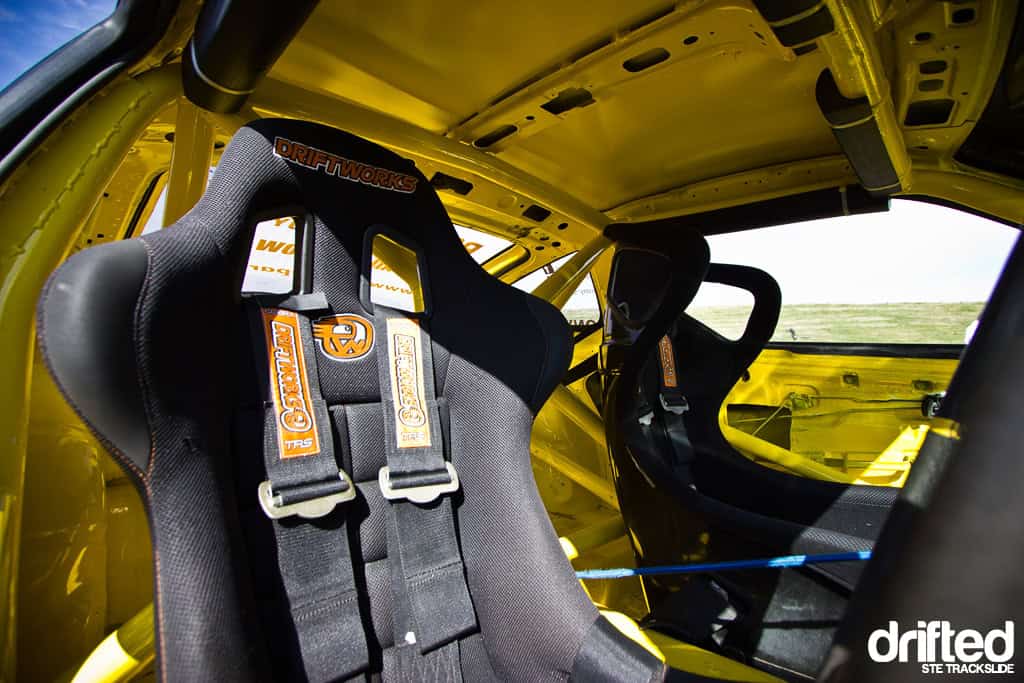
Not only are we advising you to lay off the McDonald’s meals to put towards your newfound drifting habit, but there’s plenty of weight saving to be made with a stock car.
Assuming you fully own the car (don’t go doing this on your Grandma’s rear-wheel-drive grocery getter!), consider ripping out any parts you don’t need.
Whether it’s the interior trim, headliner, carpet, rear seats, sound deadening, or whatever, decide whether it’s essential for your long-term goals.
This one’s a triple-winner. Not only do you get free weight reduction, but you can sell the parts you’ve ripped out to buy more tires, then you’ll have more space than ever to stash them in the back when heading to practice days!
Get Yourself Some Cheap Tires
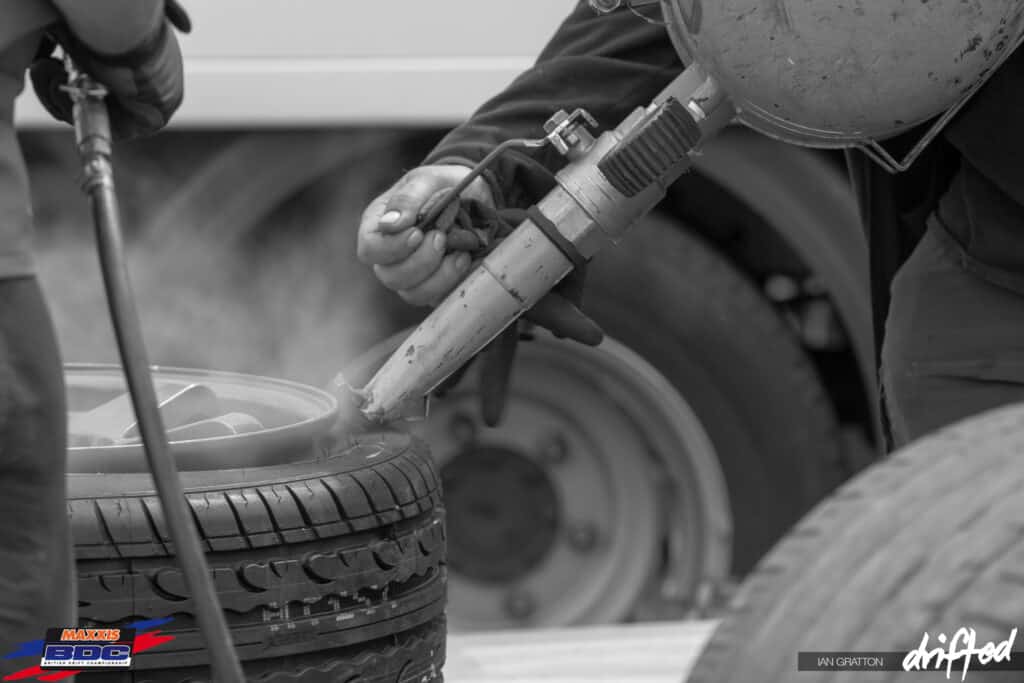
If you’ve got some fancy rear tires fitted, you’ll want to get yourself some spare wheels, or swap them for some cheap part-worn ones when you’re getting started. If part-worn tires aren’t your thing, go for the most affordable tires you can find. You’re only going to be melting them, anyway!
You can stick with some decent ones on the front for added grip (you won’t be smoking these, so don’t worry).
Remember – more tires means more fun at a practice day. If you have spare wheels, you won’t need to worry about queuing up to change them or paying the cost on the day.
Additional/Optional Considerations
While these aren’t ‘essential’, they’re highly recommended.
Car/Engine/Fluid Maintenance
If you’ve just bought a budget drift car, especially if it’s older or has been sitting for a while, the first thing you’ll ideally do is swap out all the fluids. We’re not just talking about the oil and oil filter – make sure you do the coolant, diff oil, etc.
No one likes having to put money towards boring maintenance items, but fresh fluids are always known as ‘cheap insurance’ for a reason. The last thing you want to do is kill your car mid-way through your first drift day, no matter how cheap it was!
Hydraulic (Hydro) Handbrake/E-Brake
A hydro isn’t essential for getting started, so don’t go panic-buying just yet. However, if you’ve got some spare cash left over, it can be a useful investment.
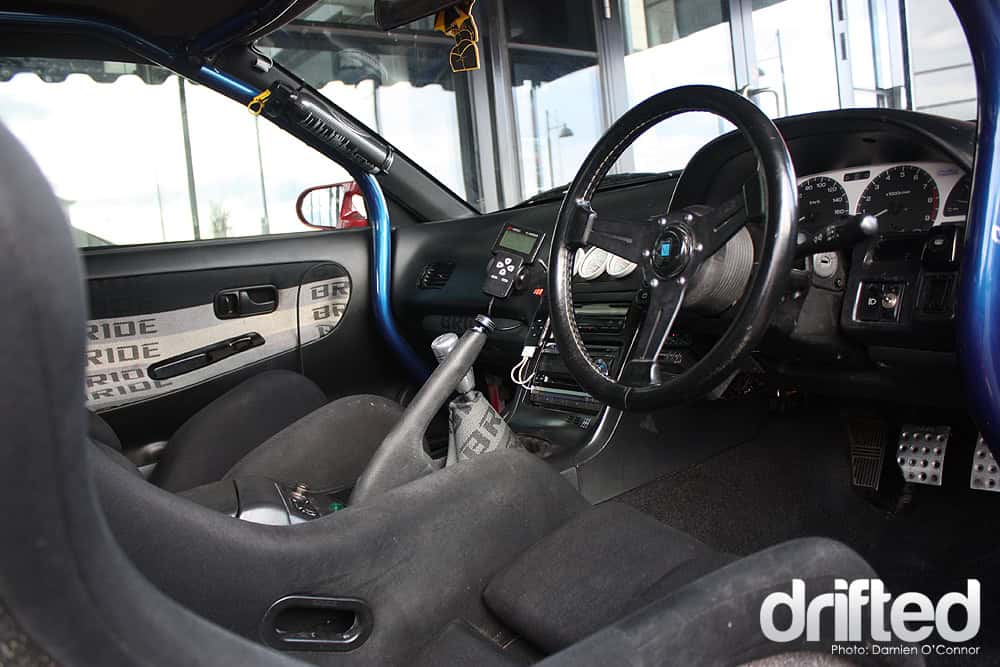
If you don’t have the budget, take a look at the (JDM, yo) ‘spin turn knob’, also known as a ‘drift knob’. You can get these for less than a buck, and they essentially keep your stock handbrake button pressed in at all times, so you can yank it without needing to press the button. These were super popular on ’90s JDM drift cars. Just make sure to keep the cable nice and tight, as it’ll likely stretch over time.
Drift Sim Rig
One thing you’ll quickly learn is that seat time is king. There’s simply no disputing it.
There’s a reason that all the pro drifters are spending as much time on sim rigs as possible. Hell, we’ve no doubt you’ve even heard about Max Verstappen’s all-nighter sim racing addiction.
With the likes of Assetto Corsa providing an incredibly realistic experience, it’ll no doubt be the best investment for mastering the basics. You don’t need a fancy setup, either.
Written by:
Published on:

Bill is a writer and photographer who has been part of the Drifted team since 2015. His work extends to various print and online publications, including Wangan Warriors.
As part of the King of Nations team, he traveled extensively for several years, capturing top-tier international drift events worldwide. His hands-on experience, including rebuilding his own Nissan Silvia S15 drift car, gives him unique insights into drift car building and global drift culture.
When not behind the lens or keyboard, Bill can be found browsing classifieds for his next JDM project or shredding virtual tires on popular simulators like Assetto Corsa, CarX, and Forza.
You can learn more about Bill’s story here or follow his socials on X (formerly Twitter), Flickr, Facebook, and Instagram.

